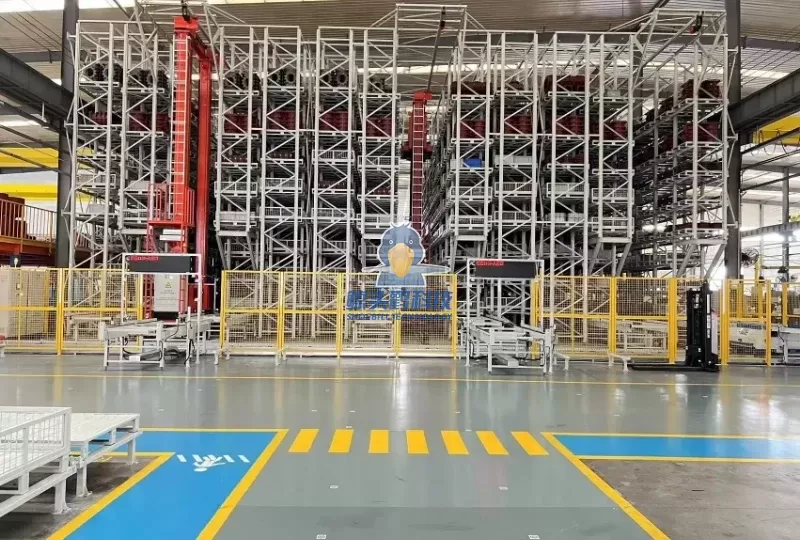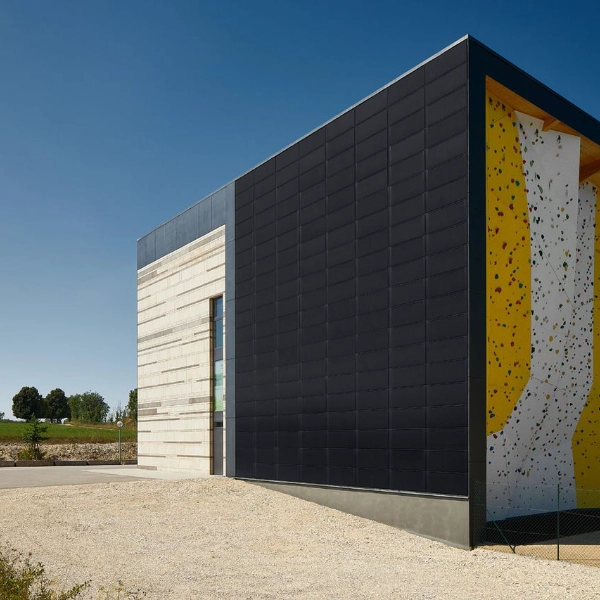Mastering the Art of Office Furniture Layout: A Comprehensive Guide
The layout of office furniture plays a significant role in creating a conducive work environment. It not only impacts the aesthetics but also influences productivity, communication, and overall employee satisfaction. This article will delve into the art of office furniture layout, providing you with practical tips and strategies to optimize your workspace.
Understanding the Importance of Office Furniture Layout
Before diving into the how-to's, it's crucial to understand why office furniture layout matters. A well-planned layout can enhance workflow efficiency, foster collaboration, reduce unnecessary movement, and contribute to a healthier work environment. It can also reflect your company's culture and values, making a lasting impression on clients and visitors.
Planning Your Office Layout
- Assess Your Space: Start by measuring your office space. Consider the shape and size, natural light sources, and existing architectural elements. This will help you determine what kind of furniture fits best and where to place it.
- Identify Your Needs: Understand the nature of your work and the needs of your employees. Do you need private spaces for focused work or open areas for collaboration? Do you require storage units or specialized equipment? Your furniture layout should cater to these needs.
- Consider Flexibility: Opt for modular furniture that can be easily rearranged as your needs change. This allows for adaptability and can save costs in the long run.
Implementing Your Office Furniture Layout
- Balance Function and Aesthetics: While functionality is paramount, don't neglect aesthetics. Choose furniture that complements your office's interior design. A visually appealing workspace can boost morale and productivity.
- Prioritize Ergonomics: Invest in ergonomic furniture to promote employee health and well-being. Adjustable chairs, standing desks, and monitor arms can help prevent work-related injuries and discomfort.
- Facilitate Communication: Arrange your furniture to encourage communication and collaboration. This could mean positioning desks facing each other or creating communal areas with comfortable seating.
- Optimize for Movement: Ensure there's enough space for employees to move around freely. This not only aids in physical well-being but also promotes spontaneous interactions, fostering a more dynamic work environment.
- Manage Cables: With the increasing use of technology, managing cables is a must. Use cable management solutions to prevent clutter and potential tripping hazards.
- Incorporate Greenery: Adding plants can improve air quality and create a calming atmosphere. They can be placed on desks, shelves, or in corners, depending on your layout.
- Use Lighting Effectively: Make the most of natural light and supplement with artificial lighting where necessary. Proper lighting reduces eye strain and creates a more inviting workspace.
Conclusion
Designing an effective office furniture layout requires careful planning and consideration. It's not just about fitting furniture into a space, but creating an environment that supports productivity, collaboration, and well-being. By following these guidelines, you can transform your office into a space that not only looks good but also works well.





